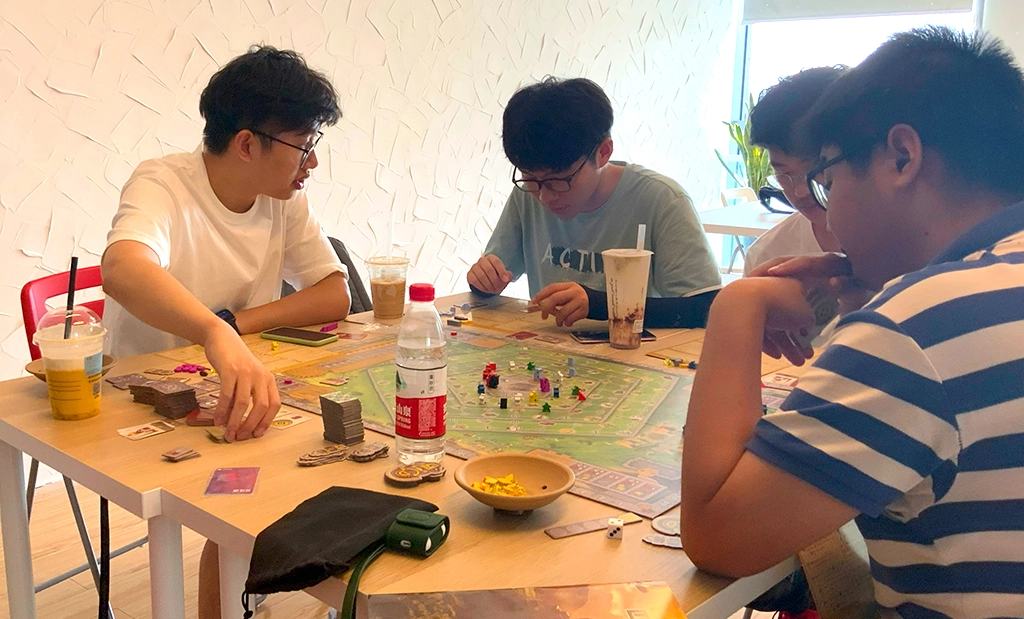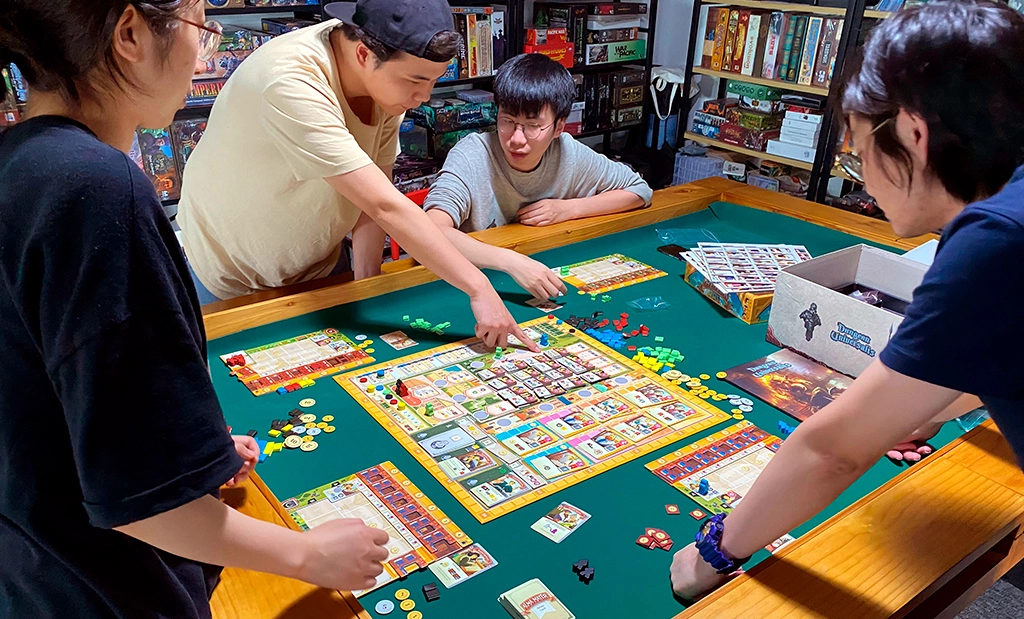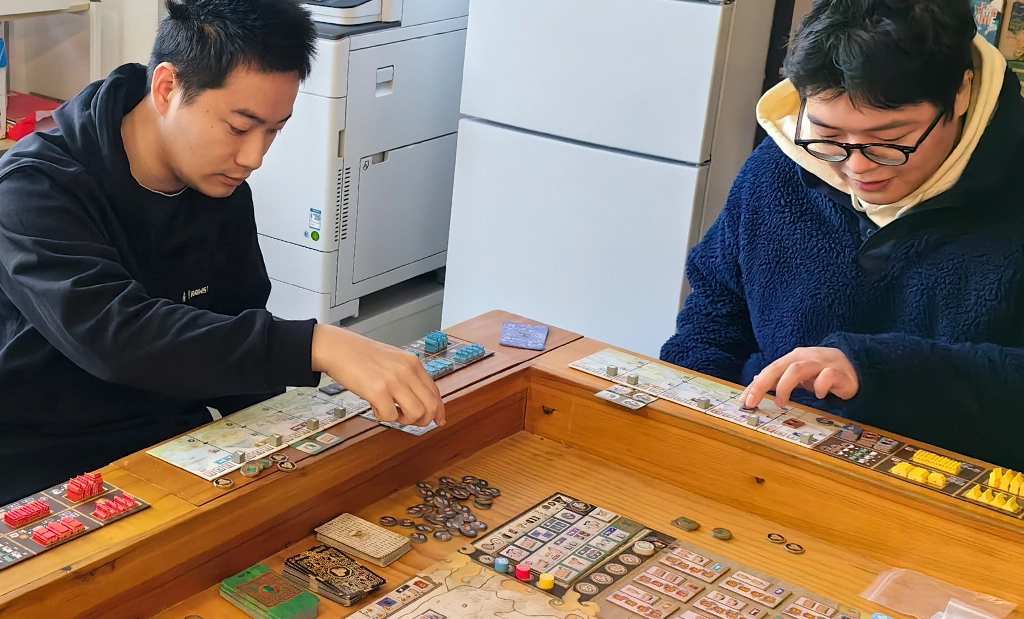

Dive into our insights for publishers & designers!


Date: 04/04/2024
Crafting Dynamic Experiences: The Art of Board Game Deck Building
Welcome, esteemed game designers, to a deep dive into the captivating world of board game deck building! In this comprehensive exploration, we’ll unravel the intricacies of the deck building mechanic – a dynamic gameplay element that allows players to construct and customize their decks of cards throughout the game. From strategic decision-making to creative deck construction, deck building offers endless opportunities for engaging and immersive gameplay experiences. Join us as we uncover the secrets to designing compelling deck building mechanics that captivate players and elevate their gaming experiences to new heights.
Understanding Deck Building:
At its core, deck building in board games revolves around the concept of players gradually constructing and refining their own personalized decks of cards over the course of the game. Players start with a basic set of cards and acquire new cards through various mechanisms, such as purchasing from a central market, drafting from a common pool, or earning as rewards. These newly acquired cards are then added to the player’s deck, allowing it to evolve and grow stronger as the game progresses.
Designing Engaging Objectives:
Central to the design of deck building games is the creation of compelling objectives that drive players to customize their decks strategically. Game designers must craft clear and achievable goals that incentivize players to acquire specific cards and construct synergistic combinations. Whether it’s building an economic engine, assembling a powerful army, or solving puzzles, the objectives should provide meaningful direction and purpose to the players’ deck building efforts.
Tips and Tricks for Effective Deck Building Game Design:
1. Emphasize Player Agency: Design mechanics that empower players to make meaningful decisions about which cards to acquire and how to customize their decks, ensuring a sense of ownership and investment in their strategies.
2. Foster Strategic Depth: Introduce a diverse range of cards with unique abilities and effects that encourage strategic thinking and creative deck construction, offering players multiple paths to victory.
3. Balance Accessibility and Complexity: Strike a balance between accessibility and complexity in your game design, providing enough depth and complexity to engage.
4. Encourage Experimentation: Create a supportive environment that encourages players to experiment with different card combinations and strategies, fostering creativity and innovation in deck building.
5. Provide Feedback Loops: Implement mechanisms that provide feedback to players on the effectiveness of their deck building choices, allowing them to learn and adapt their strategies over time.
6. Embrace Replayability: Design games with a high degree of replayability by incorporating randomization elements, modular components, or variable setups that keep each play session fresh and engaging.

Conclusion:
As you delve into the intricacies of designing deck building mechanics, remember the power of creativity, strategic depth, and player agency in crafting compelling gameplay experiences. By embracing these principles and implementing effective design strategies, you can create immersive deck building games that captivate players and inspire them to explore new strategies and tactics with each play. So let your imagination soar, and design games that offer endless possibilities for customization, strategy, and excitement in the world of board gaming!
you might also be interested...
Board Gaming and Mental Health: Unveiling the Therapeutic Benefits of Gameplay
From critical thinking and problem-solving to spatial reasoning and memory retention, each game presents players with unique challenges that stimulate...
> Read MoreMastering Feedback: Strategies for Gathering and Analyzing Playtester Feedback
By mastering the art of feedback analysis, you'll gain valuable insights that will elevate your game designs and create unforgettable...
> Read MoreBuilding a Thriving Playtesting Community: Strategies for Engaging Playtesters in Game Development
We embark on an exciting journey into the world of playtesting community building – a crucial aspect of board game...
> Read MoreRolling the Dice – Crafting Engaging Gameplay with Dice Rolling Mechanics
Central to the design of dice rolling games is the creation of meaningful outcomes that result from each dice roll....
> Read More



